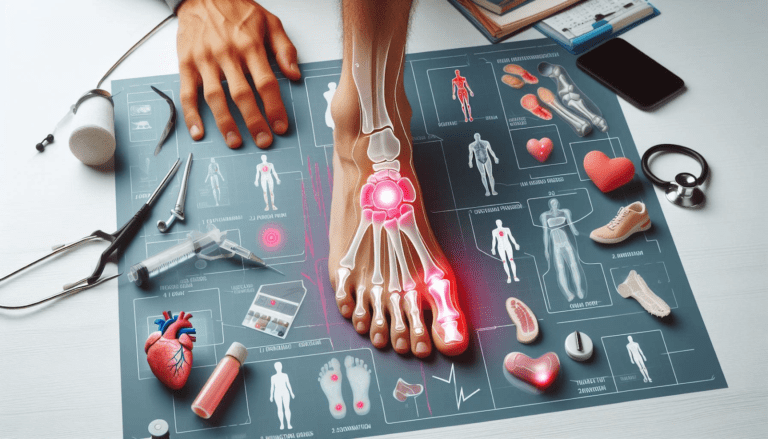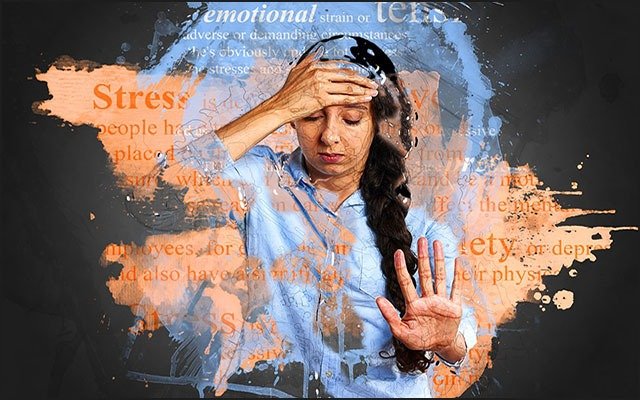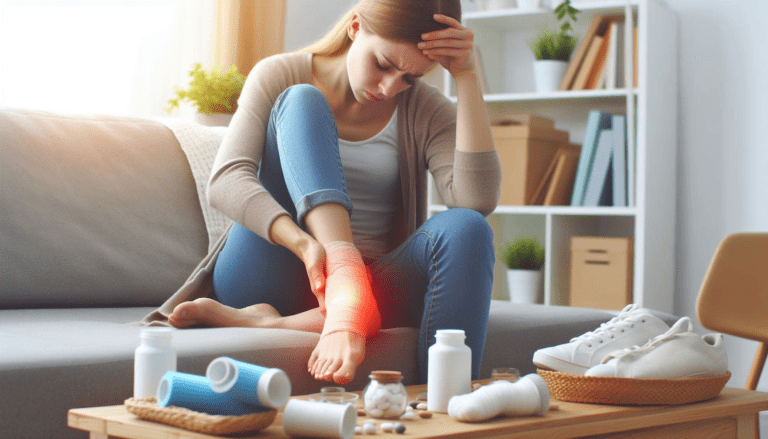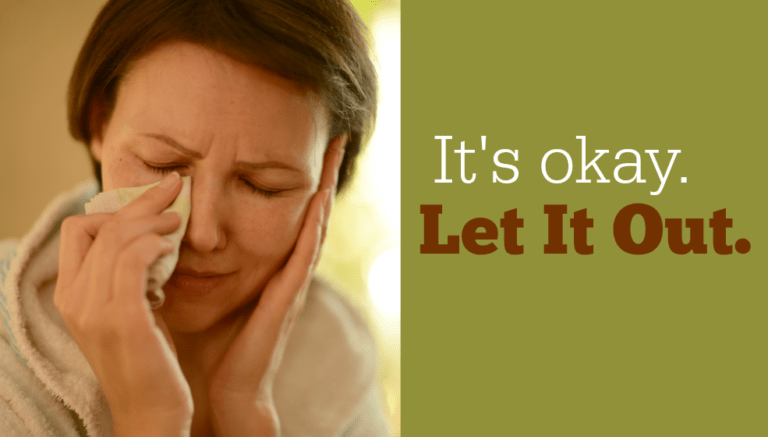Time to Ditch the Flip Flops … For Good!

Last summer we suggested that flip flops may not be the best choice of summer footwear in an online article. This year, sports medicine doctor, Dr. Joseph Tauro offers many reasons to forget about these popular summer sandals and provides some good advice for making better footwear choices.
PP: Does wearing flip flops damage feet and if so, why?
Joseph Tauro, M.D., Director of Ocean County Sports Medicine and Assistant Professor of Orthopedic Surgery at Rutgers Medical School. Dr. Tauro is a board-certified orthopedic surgeon and a nationally-recognized pioneer in advanced orthopedic care for surgical and non-surgical procedures.
Dr. Tauro: Wearing flip flops can cause both temporary and long-term damage and pain when worn improperly or in excess. When you wear thong flip flops, your stride, natural gait and overall biomechanics change due to the constant gripping that your toes are doing to keep the sandal on your feet. This change in the way you walk can lead to damage and pain in other parts of the body, including the knee, hip and lower back. The strain that your muscles and joints experience is also due to the pronation or flattening of the foot that the flip flop causes because of their lack of arch. Because you are more likely to shuffle your feet and shorten your stride, your heel hits the ground with a lot less vertical impact, which is the proper and necessary motion your heel should take while walking.
So, yes, flip flops damage feet – and can potentially lead to permanent and life changing health conditions.
PP: What are common orthopedic issues and conditions caused by flip flops?
Dr. Tauro: There are a number of orthopedic issues and conditions, short-term and long-term, caused by the prolonged wearing of flip flops including hammertoes, bunions, Morton’s Neuroma, plantar fasciitis, metatarsalgia and achilles tendonitis. When your gait changes or foot pain intensifies, the pain and condition you’re experiencing often spreads to other joints and muscles throughout the body. This includes but is not limited to tendonitis, muscle and tendon strain, and arthritis of the knee, hip, or back.
PP: What can flip flops do to your feet if you already experience chronic pain (foot, back, or other)?
Dr. Tauro: Wearing flip flops when already experiencing chronic pain will increase and intensify that pain and create more serious conditions. Ignoring the initial pain and continuing to wear unsupportive footwear will also increase the chance of spreading and intensifying the pain and damage in other bones, muscles, and joints throughout the body.
PP: What are common treatment methods for these issues?
Dr. Tauro: For any pain, you may be feeling in your feet, ankle, or joints it is always suggested to rest, ice, compress and elevate (RICE) the area experiencing pain. More serious treatment methods for such condition and issues usually include either therapy or surgery, depending on the severity of the condition.
PP: What are some of the warning signs that signify there could be a serious problem?
Dr. Tauro: Common warning signs include: extreme and constant pain; inflammation; locking or popping of the joints or bones; redness and swelling; stiffness or inability to move.
PP: What type of shoe do you recommend for summer?
Dr. Tauro: While flip flops are a popular staple for the summer months, I strongly suggest you try to limit flip flop use and avoid it altogether when planning to walk longer distances. Flip flops are great for lounging by the beach or pool, but when you are walking around the park, your feet need a shoe with more support and arch.
If you are going to wear flip flops, select ones that provide the most arch support and cushion possible. Extremely flat and flimsy flip-flops are the most damaging when over worn during the summer time. I recommend looking for something that is more firm and form-fitting to your feet, rather than something flat and rubbery. As an alternative, you may want to look for a sandal that provides security to your heels as a means of keeping your foot grounded and to lessen the stress of trying to keep the sandal or flip flop on. You do not want to wear shoes that your toes actively have to hold onto.
PainPathways Magazine
PainPathways is the first, only and ultimate pain magazine. First published in spring 2008, PainPathways is the culmination of the vision of Richard L. Rauck, MD, to provide a shared resource for people living with and caring for others in pain. This quarterly resource not only provides in-depth information on current treatments, therapies and research studies but also connects people who live with pain, both personally and professionally.
View All By PainPathways






